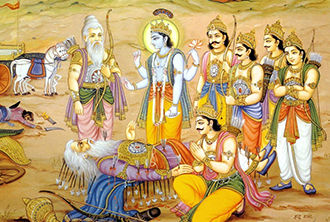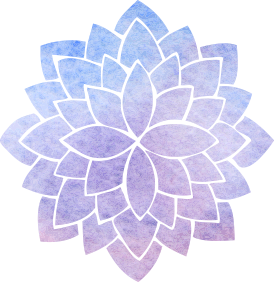Vaikuntha Dham - Abode of LORD VISHNU.
With the blessings of SHRI HARI and our revered Guru OM SWAMI, we invite you on a virtual tour of Vaikuntha Dham - Abode of LORD VISHNU, which consists of 1008 names of LORD VISHNU in Vishnu Sahasranama, expounding His greatness and venerating His attributes.

The main body of Sri Vishnu Sahasranama consists of 107 stanzas which contain the One Thousand names of Sri Maha Vishnu. Each one of the one thousand names refer to one guna (quality, characteristic, or attribute) of Paramatma. These names evoke a deep sense of bonding with the Lord.
explorePlease watch from 5.20 min till the end.

Yudhishthira, the righteous, asked six questions, Bheeshma, the constant devotee of Krishna, the gigantic Man of Action, calmly answered them all. This is how we find the “Thousand Names of Lord Vishnu” introduced in the immortal classic of the Hindus, the Mahaabaarata.
explore
क्षीरोदन्वत्प्रदेशे शुचि-मणि-विलसत्-सैकते मौक्तिकानां मालाक्लुप्तासनस्थः-स्पटिकमणिनिभै-मौर्तिकै-मण्डितांगः। शुभ्रै-रभ्रै-रदभ्रै-रुपरिविरचितैर्-मुक्त-पीयूष-वर्षैः आनन्दी नः पुनीया-दरि-नलिन-गदा-शङखपाणिर्-मुकुन्दः॥
explore